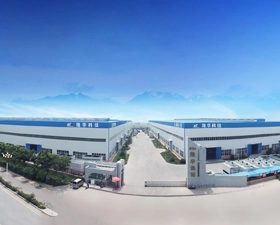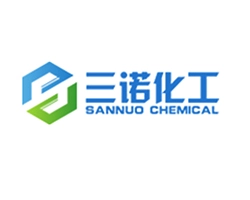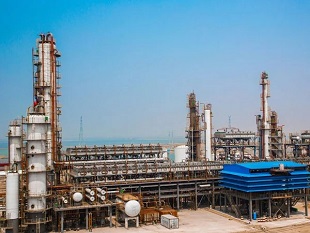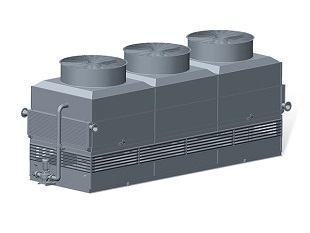Phosphate esters are a group of organic compounds that are widely used as lubricants, surfactants, and flame retardants, among other applications. These compounds are derived from phosphoric acid and alcohols, and their unique properties make them suitable for a broad range of industrial applications. Phosphate esters have excellent thermal stability, flame retardancy, and lubricating properties, which make them ideal for use in high-temperature applications, hydraulic fluids, and fire-resistant fluids. They are also used as surfactants in liquid detergents, corrosion inhibitors, and anti-wear agents in lubricants. Phosphate esters have a wide range of applications, from aerospace and automotive industries to the production of textiles, plastics, and pharmaceuticals.


 EN
EN
 jp
jp  ko
ko  fr
fr  de
de  es
es  it
it  ru
ru  pt
pt  ar
ar  tr
tr 






















